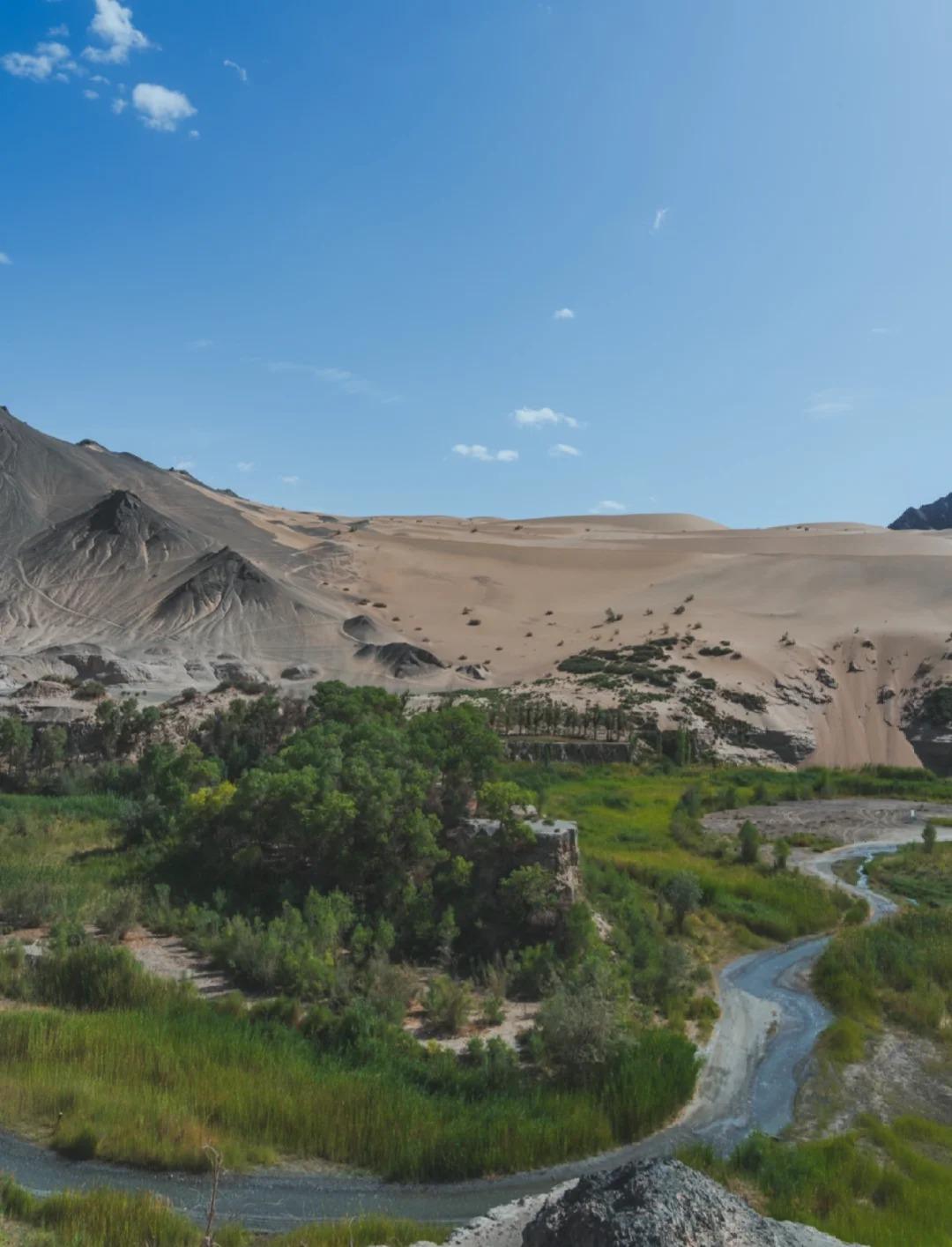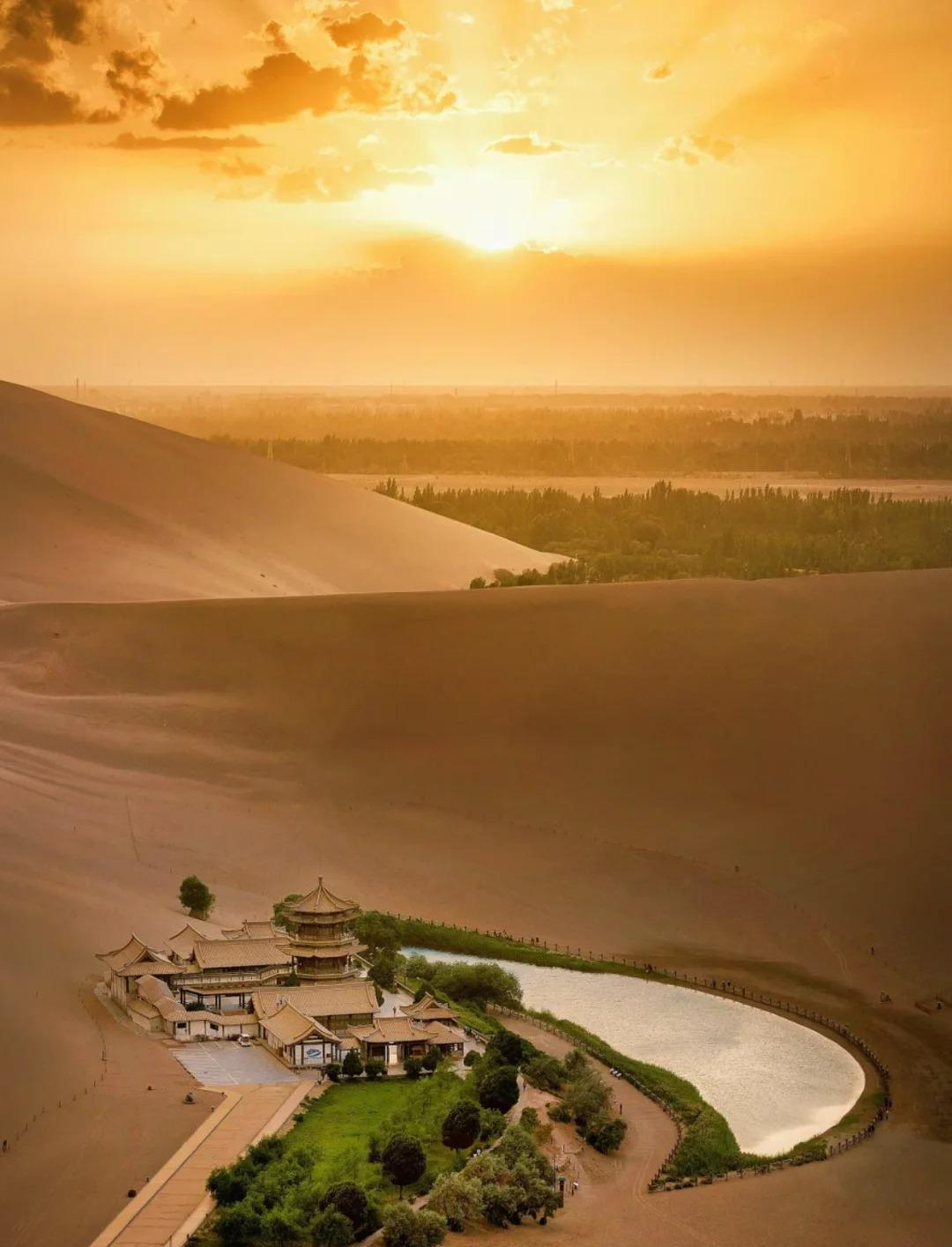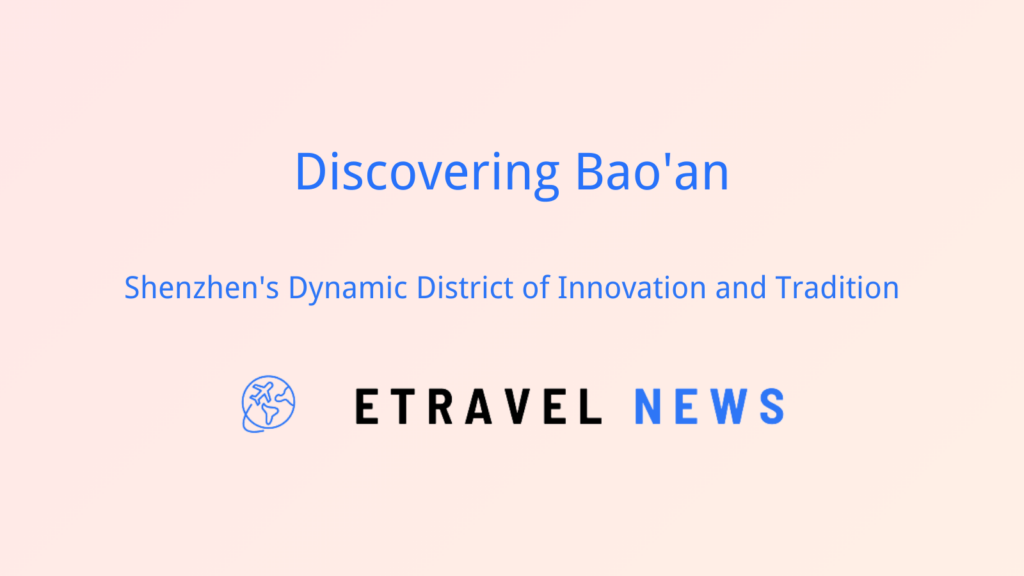Introduction to Dunhuang Oasis
Nestled in the northwestern corner of Gansu Province, Dunhuang Oasis stands as a testament to human resilience and cultural exchange. This verdant haven, surrounded by the unforgiving Gobi Desert, has been a pivotal stop on the ancient Silk Road for over two millennia.
Dunhuang’s strategic location at the crossroads of Central Asia and China proper made it a melting pot of cultures, religions, and ideas. Its importance in Chinese history cannot be overstated, serving as a gateway for Buddhism’s entry into China and a crucible for artistic and technological innovations.

Natural Landscape of Dunhuang
The Dunhuang Oasis is a striking contrast to its arid surroundings. Lush vegetation and water sources provide life-sustaining resources in an otherwise harsh environment.
Key natural features include:
- Mingsha Sand Dunes: Towering golden dunes that “sing” when the wind blows
- Crescent Lake: A natural wonder shaped like a crescent moon
- Echoing Sand Mountain: Known for its resonant sands
These natural marvels have not only shaped the local ecosystem but have also inspired art and legends for centuries.

Cultural Heritage of Dunhuang
Mogao Caves
The crown jewel of Dunhuang’s cultural heritage is undoubtedly the Mogao Caves, a UNESCO World Heritage Site. This complex of 492 caves houses:
- Over 2,000 painted sculptures
- 45,000 square meters of murals
- Thousands of ancient manuscripts
Ancient City Ruins
Scattered around the oasis are remnants of ancient civilizations, including:
- Yumen Pass: A strategic fortification on the Great Wall
- Hecang City: An important granary during the Han Dynasty
Cultural Fusion
Dunhuang’s art and architecture reflect a unique blend of:
- Buddhist influences from India
- Islamic elements from Central Asia
- Traditional Chinese aesthetics
This fusion created a distinctive Dunhuang style that has influenced Chinese art for generations.

Historical Importance
Dunhuang’s significance extends far beyond its natural beauty:
- Silk Road Hub: It was a crucial stop for traders, pilgrims, and diplomats
- Cultural Exchange: Ideas, technologies, and religions flowed through Dunhuang
- Famous Figures: Visited by explorers like Zhang Qian and Xuanzang
| Historical Period | Significance |
|---|---|
| Han Dynasty | Establishment as a frontier garrison |
| Tang Dynasty | Peak of Buddhist art in Mogao Caves |
| Song Dynasty | Sealing of the Library Cave, preserving ancient manuscripts |
Modern Dunhuang
Today, Dunhuang faces the dual challenge of preservation and development:
- Conservation efforts focus on protecting the Mogao Caves from environmental threats
- Tourism has become a major economic driver, bringing both opportunities and challenges
- Research institutions work to unlock the secrets of Dunhuang’s rich historical artifacts
Key Attractions and Activities
Visitors to Dunhuang can immerse themselves in its natural and cultural wonders:
- Mogao Caves Tours: Guided visits to selected caves with expert commentary
- Desert Adventures: Camel treks and sand sledding on the dunes
- Dunhuang Museum: Showcasing artifacts and replicas from the region
- Yardang National Geopark: Exploring unique wind-eroded landforms

Traveler’s Guide to Dunhuang Oasis
Best Times to Visit
- Spring (April-May) and Autumn (September-October) offer mild temperatures and clear skies
Getting There
- Fly to Dunhuang Airport from major Chinese cities
- Take a train to Liuyuan Station, then bus or taxi to Dunhuang
Accommodation
Options range from luxury desert resorts to budget-friendly guesthouses in Dunhuang city.
Local Cuisine
Don’t miss:
- Dunhuang Noodles
- Camel Hoof (a local pastry)
- Apricot Peel Water (a refreshing drink)
Essential Tips
- Wear comfortable, closed-toe shoes for sand walking
- Bring sun protection (hat, sunglasses, sunscreen)
- Respect cave preservation rules (no flash photography, touching of murals)
As you stand atop a sand dune, watching the sun paint the desert in hues of gold and crimson, you’ll understand why Dunhuang has captivated travelers for millennia. The whisper of the wind through the dunes might carry echoes of ancient caravans, while the silent caves hold secrets of artistic mastery and spiritual devotion.
Dunhuang is more than just a destination; it’s a journey through time and culture. Each grain of sand, each stroke of a mural, tells a story of human perseverance and creativity in the face of nature’s harshest conditions.
Whether you’re an history enthusiast, an adventure seeker, or a cultural explorer, Dunhuang Oasis offers an unparalleled experience that will linger in your memory long after you’ve shaken the last grains of sand from your shoes.






